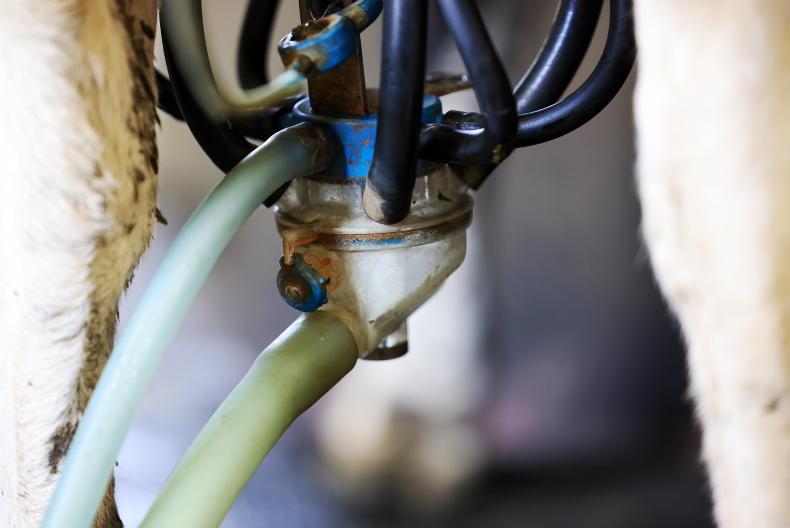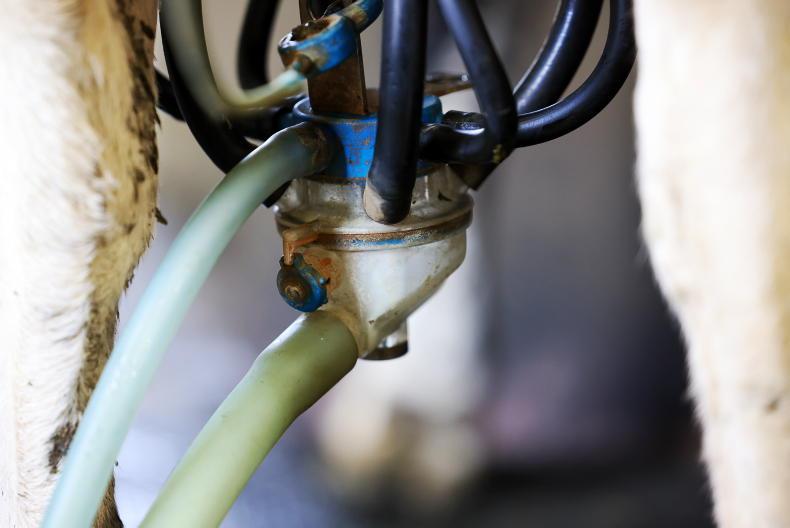1. Increase April allowance
At the moment, April, May and June are treated as separate months, with a reference supply amount for each month. So if a farmer supplies more than their reference amount for April they will be penalised, but if they supply less than their reference in May or June they will not get the penalty removed.
The average supply curve is in the region of 11% in April, 13% in May and 15% in June. If Glanbia states they are able to process 15% of annual milk supply in June, why penalise farmers for producing more than 11% in April. This doesn’t make sense.
The board needs to re-examine why April is included as most of April milk is not in the peak period. If April remains in the restriction period, it should have the same allowance as May or June.
2. Increase retirement fund
Speaking on the recent Irish Farmers Journal webinar on the issue, Sean Molloy of Glanbia said that the voluntary retirement scheme is a “very economic way of increasing processing capacity”.
Farmers who are considering retiring say that €15,000 per year limit is not enough to encourage them to stop milking. This scheme is being funded by remaining suppliers to the tune of 0.075c per litre processed. Why doesn’t Glanbia Ireland provide a further top-up payment to make retirement a more attractive option?
If a new plant was being built it is Glanbia that pays for it, yet the retirement fund is being funded directly from milk price.
3. Review the profit target
When asked about the 3.2% profit after tax required by Glanbia Ireland, chair John Murphy said he’s an advocate of the 3.2% margin and that he challenges his senior executives to deliver more than 3.2% profit.
The issue with this from a farmer’s perspective is that milk price is a cost on the Glanbia Ireland books, so the less paid for milk the higher the profit margin for Glanbia Ireland. Furthermore, 40% of Glanbia Ireland is owned by Glanbia Plc and Plc executives sit on the Glanbia Ireland board. This means that 40% of the dividend goes back to the Plc.
In other words, for every €1 saved in milk price, the co-op only gets 60c back as a dividend. Is it fair that both Glanbia entities take no hit in profit while farmer suppliers are left to carry the full burden of these new restrictions?
Surely there should be flexibility in the profit margin during the period of these restrictions which would result in a higher milk price being paid to farmers.
4. Review the MSA
The milk supply agreement (MSA) which milk suppliers sign with Glanbia stipulates a two year notice for termination of milk supply.
The Irish Farmers Journal understands that new milk supply agreements were signed with new entrants very recently.
These new entrants are now limited to a maximum of 100 cows. Equally, existing milk suppliers who can expand production are now limited to just 2.5% or 5% compound growth depending on herd size and contingent on their milk supply curve being lower than the Glanbia average. Considering the major changes to the way Glanbia is paying for milk at peak, will the board allow affected farmers who are not being fully compensated through the reserve fund to become dual suppliers?
Also, should the MSA be renegotiated to give farmers security of both volume and price?
At present, the MSA gives certainty that Glanbia will take the milk, but doesn’t say it won’t pay less for additional milk, or indeed charge farmers for taking it.
5. Reserve pool
Farmers need clarity on the reserve pool as soon as possible.
How much milk will be available and how will it be distributed. There needs to be a tiered approach to allowing farmers to access the reserve.
The current approach of only accepting farmers that have increased cows or land by more than 25% is too rigid. Also, if extra reference volume is not available then farmers who are financially vulnerable after this decision should be offered financial support.
This could be in the form of cash flow supports and interest only loans, until such time as the processing capacity is built.
6. Winter bonus
The winter bonus should be scrapped, leaving dedicated autumn calving suppliers to supply that milk and get their bonus for it. Instead the new bonus should be applied to February and March milk.
7. New processing
The expansion of the Virginia, Co Cavan, milk plant should be expedited as that would increase the amount of milk available to be processed at peak.
Furthermore, suppliers need to see the pipeline of future investments that are planned, otherwise they will be back in this same position in four years’ time.
The lesson for Glanbia is that the planning process for new facilities is getting slower, so they need to start earlier.
8. Executive bonus
Many farmers feel they are carrying the full burden of the cost of these new rules after investing significantly on farm with a view to growing the company. A statement from the company stating that senior executive bonuses would be reviewed or frozen while the new rules are in place would certainly help address some of these concerns.










SHARING OPTIONS